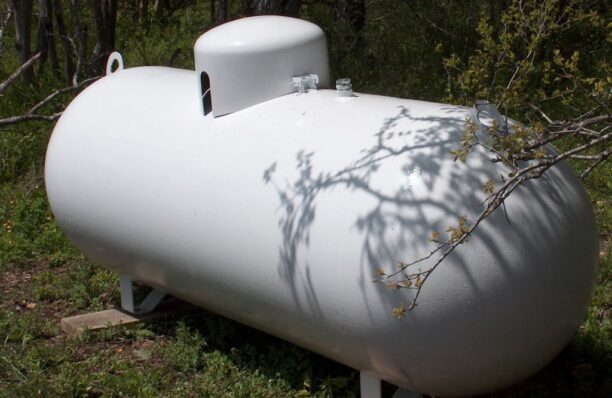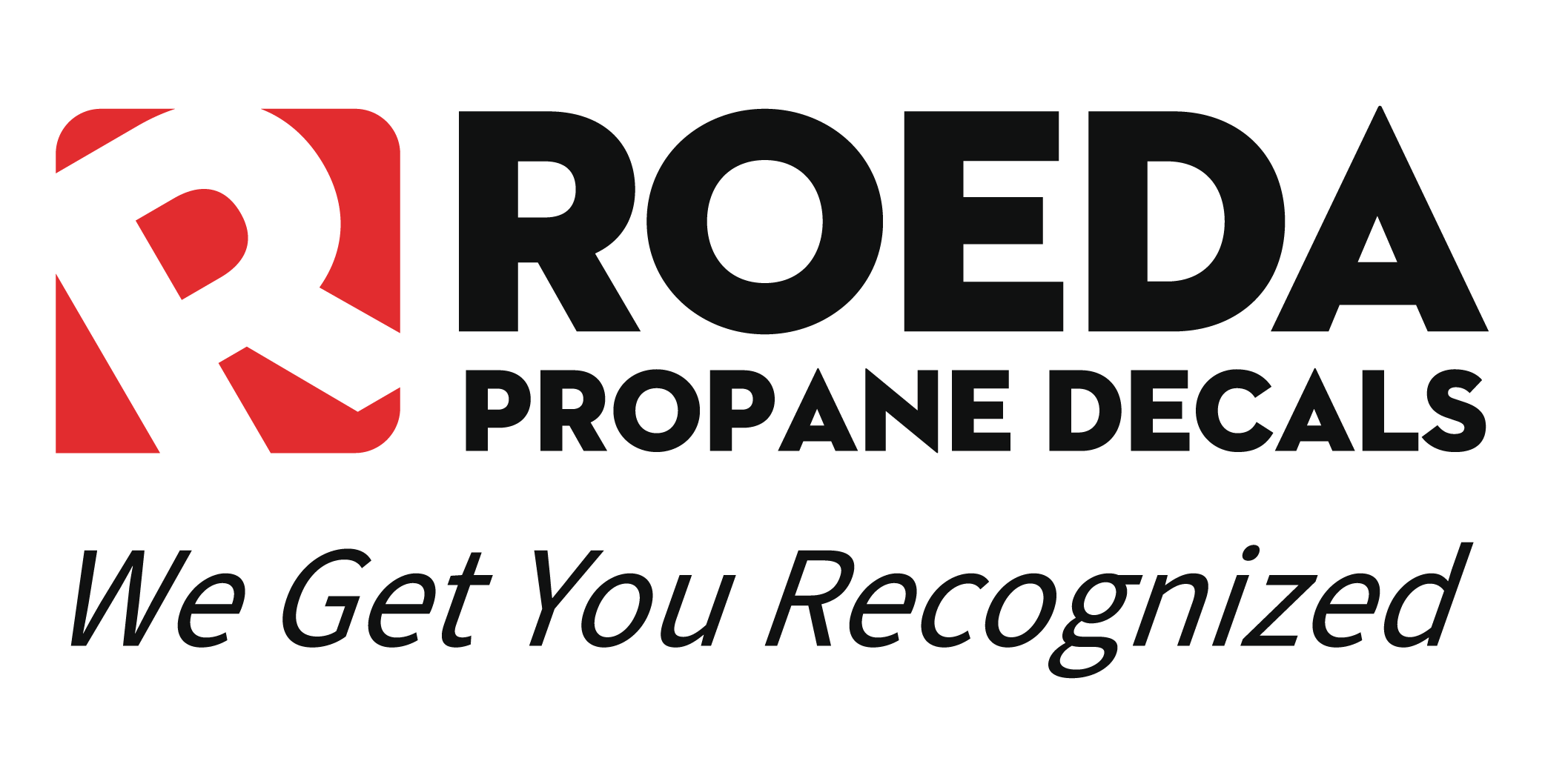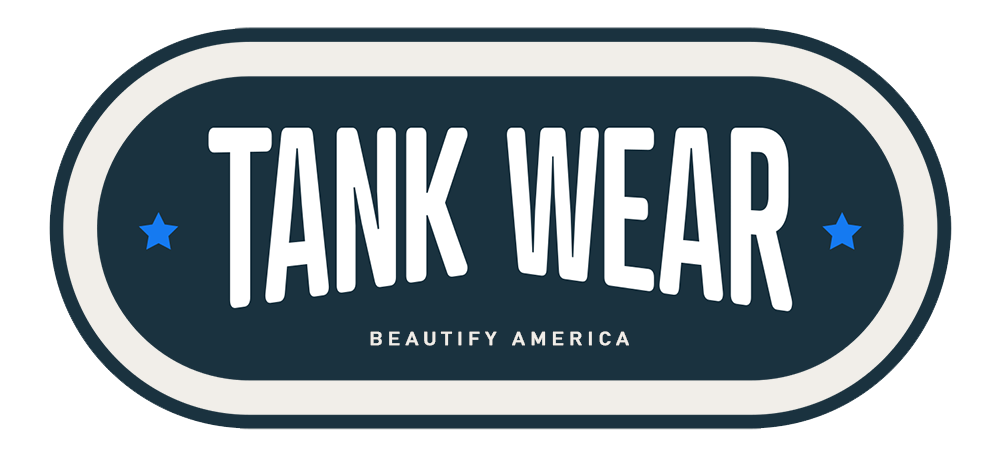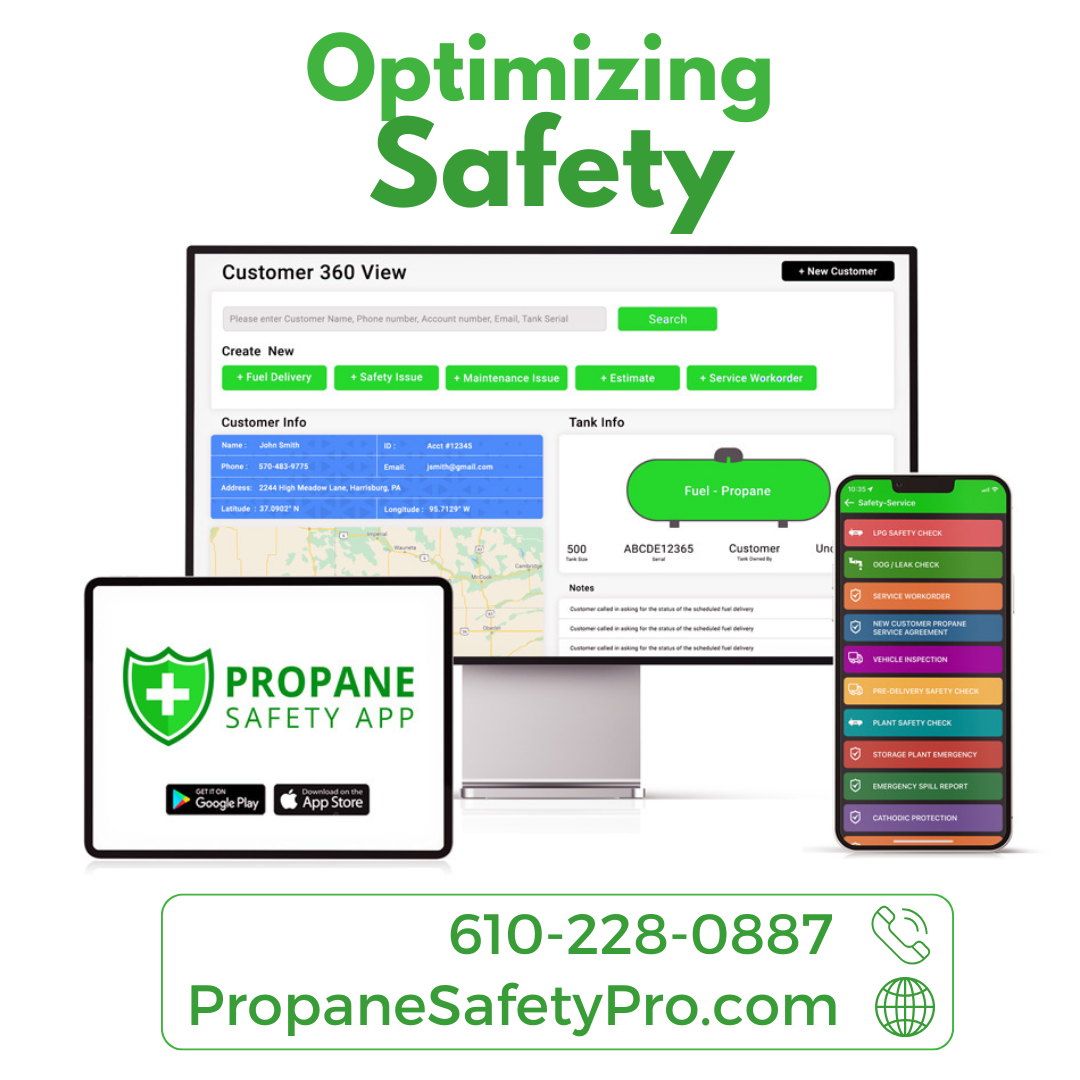Hidden Costs That Could Be Killing Your Margin

Running a propane company means managing a myriad of operations – deliveries, staffing, safety checks, vehicle maintenance, and customer service. But one concept often gets left behind in the daily grind: your break-even point. It’s the financial line that separates profit from loss. If you’re just guessing – or using outdated math – you might be making decisions that hurt your margins without realizing it.
Why Many Propane Companies Miss the Real Numbers
Many business owners assume they’re making money as long as their trucks are rolling. But that’s not always true. Without clear break-even data, you may be selling below Hidden Cost, undercharging large accounts, or overhiring in the off-season. Let’s break down what your break-even point should include and how to use it as a working tool, not just a year-end number.
Fixed Costs Aren’t Always Obvious
Fixed costs are expenses that stay the same regardless of how many gallons you sell. Most propane owners include the basics such as rent, insurance, licenses, equipment leases, and staff salaries. However, many forget to include things like office utilities and internet, equipment depreciation, fleet registration and inspection fees, software subscriptions, bank loan interest, and year-round marketing costs.
These types of expenses are often overlooked or recorded without enough detail. If you don’t average out annual payments across each month, your math can get skewed. It’s important to track all fixed costs and revisit them regularly. For example, if you buy another truck or hire a new full-time driver, your break-even point changes immediately.
Variable Costs Move More Than You Think
Unlike fixed costs, variable costs change depending on your activity level. These include the cost of propane, hourly wages for drivers, truck fuel, transaction fees, and any delivery-based bonuses.
Propane pricing can change weekly. If you’re using last quarter’s rate to calculate profits, you might not be seeing the real picture. The same goes for fuel costs and short-fill trips that increase your cost per delivery. Seasonal changes also matter; your winter expenses are usually higher than those of other seasons due to overtime and road conditions.
Margins Should Reflect True Profit
Margins are where propane businesses often misjudge their success. You might be selling propane at $2.50 a gallon, but that doesn’t mean you’re making money on it. Once you subtract your propane cost, credit card fees, labor, and delivery expenses, your net margin could be a lot smaller than you think.
Sometimes, large clients are priced so low that they become unprofitable when you account for travel time, service demands, and delayed payments. Net margin per gallon is the real number to watch, not just gross margin. Also, gas lost during transfers, account write-offs, and returns can subtly reduce your income.
Your Break-Even Point Should Guide Your Strategy
Knowing your break-even point by the gallon can help you make better business decisions. You can figure out the lowest order you should accept, when to adjust delivery fees, which routes are costing more than they earn, and how much volume you really need to stay profitable. You’ll also see how growth, downtime, or pricing changes will affect your bottom line.
For example, if your fixed costs rise due to new equipment but sales stay flat, your break-even climbs. If you find that you’re just barely covering your costs each month, you may need to raise prices or reduce inefficiencies.
Why It Matters in a Tight Market
Costs are going up; there’s no doubt about that. Insurance is more expensive. Skilled workers and drivers are harder to find. Customers are shopping for lower prices. That means your break-even point is more important than ever. If you don’t know where that line is, you’re taking risks without even knowing it.
When you have a detailed break-even number, you can handle market changes more confidently. You know when you can absorb a price increase and when you can’t. You know when a job is worth taking or when it will hurt your business.
A Smarter Way to Protect Your Company
When you understand your true break-even point, you do more than simply survive; you take control. You stop guessing. You stop overpromising. You make smarter decisions based on facts, not feelings. That clarity helps you grow with confidence, stay efficient during slow seasons, and plan for long-term success. The sooner you get clear on your break-even point, the faster you’ll turn every gallon into something that doesn’t just keep the lights on but actually moves your business forward.













